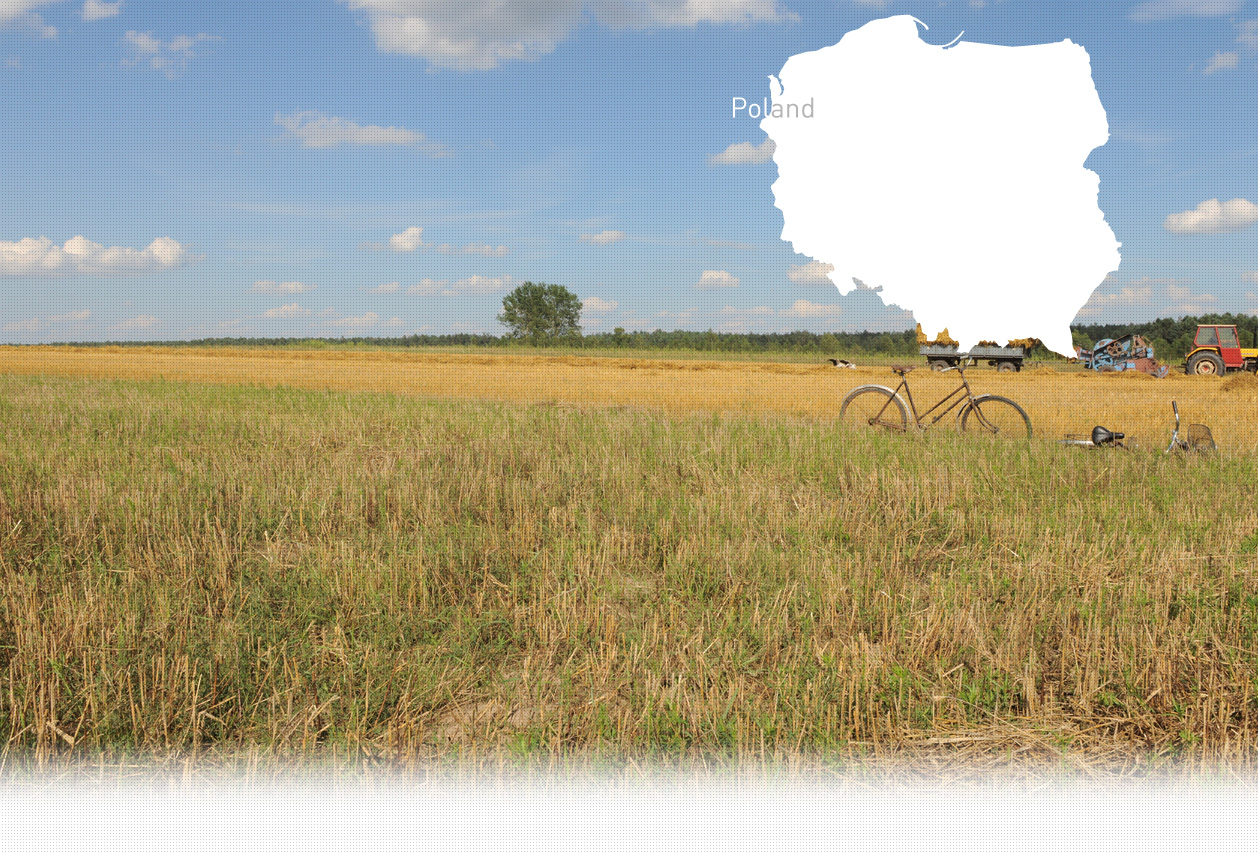

2 Killing site(s)
Jan Z., born in 1930, recalls: « The shootings of the Jews took place in summer and lasted for two weeks or so. Daily, a group of about 15 Jews were shot. They were all buried in one big mass grave. One day, I saw one of those shootings. It took place in the afternoon. A group of Jewish women had to undress and line up. I heard them screaming. The shooter stood 8-10 meters behind them and he shot them with a rifle. The victims fell into the pit. At the end of the shooting, the pit was shallowly covered with lime and soil and left like that, ready for the next day’s execution.” (Eyewitness n°370, interviewed in Zagorz, on June 26, 2014)
Court inquiries about executions and mass graves:
1. Date and place of execution: 1942 and 1943 in Zaslaw;
2. Type of execution (shooting, hanging or other): shooting;
3. Personal data of the executed victims (Polish, Jews, other nationalities): Jews;
4. Number of executed victims: about 7000 Jews were shot by Gestapo members; about 6000 bodies were burnt in the ghetto; the victim’s bodies were buried near the Zaslaw forest (behind the ghetto); [Court Inquiries about executions and mass graves; Zaslaw village, Sanok County]
Jews started to settle in Zagorz in the mid-18th century. In 1785, there were 20 Jews living in Zagorz. This number increased during the second half of the 19th century. This increase was due to the construction and development of a railway. The Jews were mainly selling agricultural products and providing materials for the railway. In 1921, 392 lived in Zagorz and in 1938, there were 476 Jews living in the Roman-Catholic parish of Zagorz.
During World War II, Zagorz was under German occupation. The Jews were forced by Germans to work in craft workshops in a local camp. They were also employed in rebuilding roads at the Zalsaw estate. Jews from Zagorz and its surroundings (Sanok, Lesko, Ustrzyki Dolne, the region of Bieszczady Mountains, Cisna,Olszanica, Baligrod, Rymanow, Kalnica, etc.) were placed in a concentration camp in Zaslaw in August 1942. The camp was established on the area of a former cellulose factory. A, shoemaking, tailoring and fur-making workshop were set up in the camp. Many Jews also worked building or repairing roads.The camp was liquidated by the end of 1943. Most of the Jews were displaced to the Nazi death camp of Belzec, where they were killed in gas chambers. A few thousands were shot in Zaslaw over the course of numerous executions, which mostly took place in a wood, located just outside the camp, called “Malinki”. Bigger shootings started already in September, 1942. During the biggest executions, 500-800 Jews were daily shot in that forest. One year after the camp liquidation, in spring, the Nazis brought a group of prisoners to the execution site with the aim of hiding any evidence of these horrible crimes. For almost two weeks, the prisoners unburied the mass graves, put the cadavers on a pile, purred them with oil and burned. The ashes were thrown to Oslawa river.
Do you have additional information regarding a village that you would like to share with Yahad ?
Please contact us at contact@yahadinunum.org
or by calling Yahad – In Unum at +33 (0) 1 53 20 13 17